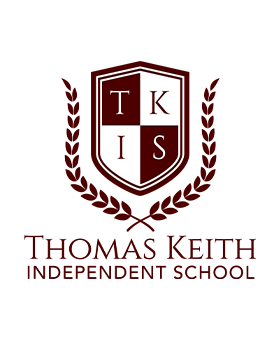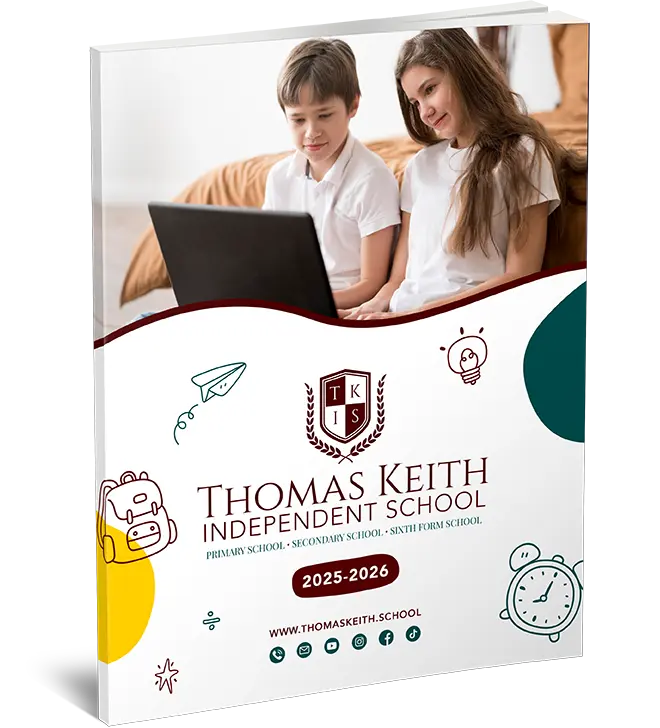
Designing an Engaging, Comprehensive Homeschool Curriculum for Your Primary-Aged Child
Developing a Balanced and Comprehensive Primary Homeschool Curriculum
When enrol your aged child in primary homeschool, designing a well-rounded curriculum is crucial for their academic and personal development. A comprehensive curriculum ensures your child receives a balanced education across various subjects. When designing a curriculum, it’s crucial to focus on core subjects like English, maths, science, and humanities while also embracing art, physical education, and life skills.
In language arts, focus on developing reading, writing, and communication skills. Foster a love for reading across different genres and offer writing opportunities like journaling and creative writing exercises. For mathematics, follow a structured programme that covers foundational concepts, gradually progressing to more complex topics.
Make science education hands-on by conducting experiments and exploring the wonders of the natural world. Engage your child with age-appropriate experiments and encourage them to ask questions and make observations. Social studies can be taught by studying history, geography, and culture, fostering an understanding of the world.

Recognise the significance of art, physical education, and essential life skills. Encourage artistic expression through drawing, painting, and crafts. Incorporate physical activities to promote a healthy lifestyle. Integrate cooking, basic finance, and problem-solving skills to prepare your child for everyday challenges.
Incorporating Project-Based Learning in Primary Homeschool Education
Project-based learning (PBL) effectively engages primary homeschoolers in active and meaningful learning experiences. PBL fosters critical thinking, problem-solving skills, collaboration, and creativity by integrating real-world projects. Here’s how you can incorporate PBL into your primary homeschool education.
Begin by discovering subjects or themes that captivate your child’s interest. This could be anything from animals and space to community service or inventing. Once you have an issue, encourage your child to ask questions and brainstorm project ideas. This process builds curiosity and ownership over the learning journey.
Then, create projects that interweave multiple subjects together. For example, suppose your child is interested in animals. In that case, they can research different species (science), create a habitat diorama (art), write a story about an animal adventure (language arts), and calculate animal populations (mathematics).
Offer resources and continuous support to facilitate your child’s learning journey. This may involve visits to the library, field trips, online research, and guest speakers. Please encourage your child to document their progress through journals, photographs, or video presentations.
Allow for flexibility and creativity in the project outcomes. Let your child decide how to showcase their learning through a presentation, a model, a written report, or a performance.
Finally, reflect on the completed projects together. Discuss what your child learned, their challenges, and how they can apply their newfound knowledge and skills in real-life situations.
Addressing Socialisation and Peer Interaction in Primary Homeschooling
One of the common concerns parents have about homeschooling is the socialisation and peer interaction opportunities for their primary-aged children. However, addressing these aspects effectively with careful planning and involvement in community activities is possible.
Firstly, seek out local homeschooling support groups or co-ops. These organisations often organise regular meetups, field trips, and group activities for homeschooling families. Participating in such groups allows children to interact with peers who are also homeschooled, providing opportunities for socialising, building friendships, and sharing experiences.
Additionally, explore extracurricular activities in your community. Enrol your child in sports teams, art classes, music lessons, or other group activities based on their interests. These activities allow peer interaction and enable your child to develop their talents and hobbies.
Explore community programmes and clubs that align with your child’s passions and interests. Libraries, museums, and community centres often offer educational programmes, workshops, and events designed for children. These environments allow your child to engage with other children, collaborate on projects, and learn together.

Encourage involvement in volunteer work or community service. Participating in local charity events or initiatives helps children understand the value of giving back to the community. It also allows them to work with others towards a common goal, fostering teamwork and empathy.
Lastly, make use of technology to connect with other homeschooling families virtually. Online communities and forums dedicated to homeschooling can offer support, advice, and even virtual group activities or classes for children to participate in.
Teaching Primary Homeschool Math Concepts and Problem-Solving Skills
Teaching math concepts and problem-solving skills is essential to primary homeschool education. Adopting a well-rounded and engaging approach can help your child develop a strong foundation in mathematics. Here are some strategies to consider:
- Start with a solid understanding of the basics. Introduce number sense, counting, and basic operations early on. Use manipulatives like blocks, beads, or buttons to make math tangible and enjoyable. Encourage your child to explore patterns, shapes, and measurements daily.
- Utilise a variety of resources and teaching methods. Combine textbooks, workbooks, online tutorials, educational apps, and interactive games to provide a diverse learning experience. Different approaches cater to different learning styles and ensure a comprehensive understanding of math concepts.
- Incorporate problem-solving activities into your lessons. Present real-life situations or puzzles that require mathematical thinking. Please encourage your child to analyse problems, devise strategies, and communicate their reasoning. This cultivates critical thinking skills and boosts confidence in tackling math challenges.
- Offer frequent opportunities for practice. Regularly review previously learned concepts and provide exercises that reinforce understanding. Training can be done through worksheets, online quizzes, math games, or everyday activities like cooking or shopping, where your child can apply mathematical skills.
- Celebrate progress and achievements. Recognise and celebrate your child’s hard work and achievements in mathematics. Praise their problem-solving strategies and improvements. Offer rewards or incentives to maintain motivation and a positive attitude towards learning math.
- Consider seeking additional resources or tutors if needed. Sometimes, specific math topics can be challenging. If your child needs extra support, explore online resources and local tutoring options, or contact homeschooling networks for recommendations.
Assessing and Reporting Progress in Primary Homeschool Education
Assessing and reporting progress in primary homeschool education is essential to track your child’s development and ensure they meet the necessary academic milestones. Here are some strategies to effectively assess and report progress:
Establish clear learning goals and objectives for each subject. Use curriculum guidelines or educational standards as a reference to ensure comprehensive coverage of the required knowledge and skills. Break down these goals into smaller, manageable milestones to monitor progress.
Regularly evaluate your child’s work and assignments. Review completed worksheets, projects, and assessments to gauge understanding and identify areas that require additional attention or revision. Provide constructive feedback to encourage improvement and mastery of concepts.
Consider incorporating formative assessments. These assessments occur during the learning process and provide ongoing feedback. They can include quizzes, oral presentations, hands-on demonstrations, or discussions. Formative assessments help identify immediate areas of strength and weakness, allowing for timely interventions.

Implement periodic summative assessments. These assessments evaluate your child’s overall knowledge and skills at specific points in the academic year. Use standardised tests, portfolios, or comprehensive projects to assess progress. Summative assessments provide a comprehensive snapshot of your child’s performance and can be helpful for documentation.
Maintain a portfolio of your child’s work. Document their achievements, progress, and completed projects throughout homeschooling journey. A portfolio serves as tangible evidence of their learning and growth, showcasing their strengths and areas of improvement.
Communicate with your child about their progress. Regularly discuss their academic goals, achievements, and challenges. Please encourage them to self-reflect and set personal targets for improvement. This dialogue fosters a sense of ownership and accountability in their learning journey.
Consider involving external evaluators or assessments. If required by local regulations or to provide a comprehensive evaluation, consult with educational professionals or participate in standardised testing administered by accredited organisations.
When reporting progress, create a comprehensive report summarising your child’s academic achievements, progress in specific subjects, and overall growth. This report can be shared with educational authorities and future schools or used as a personal record.





